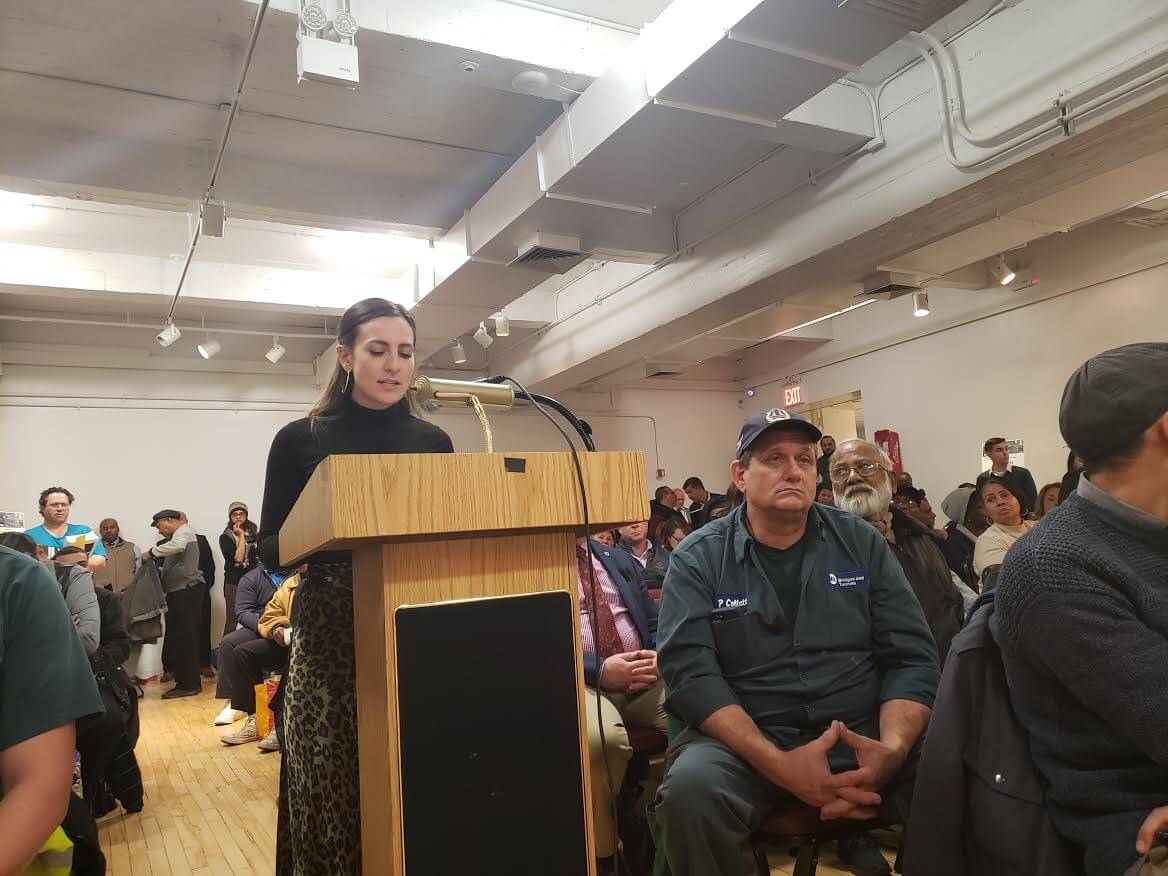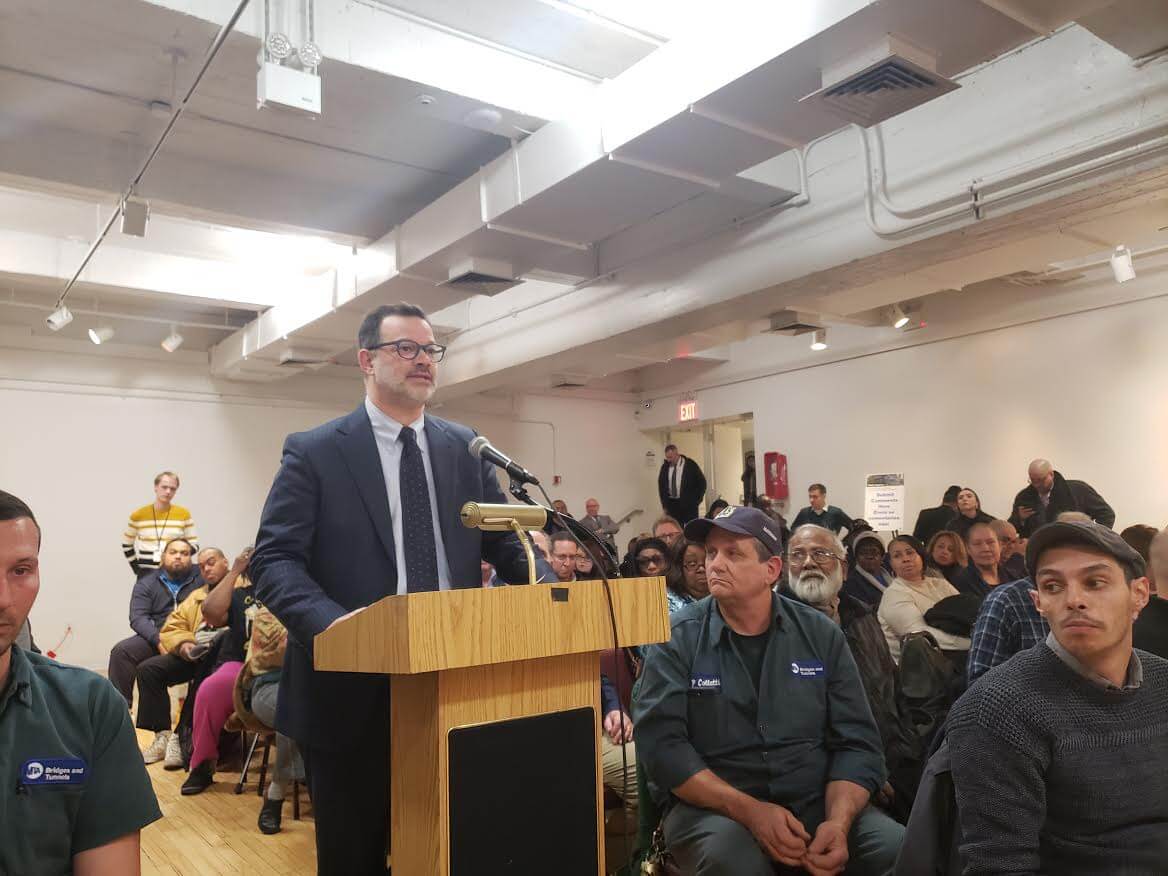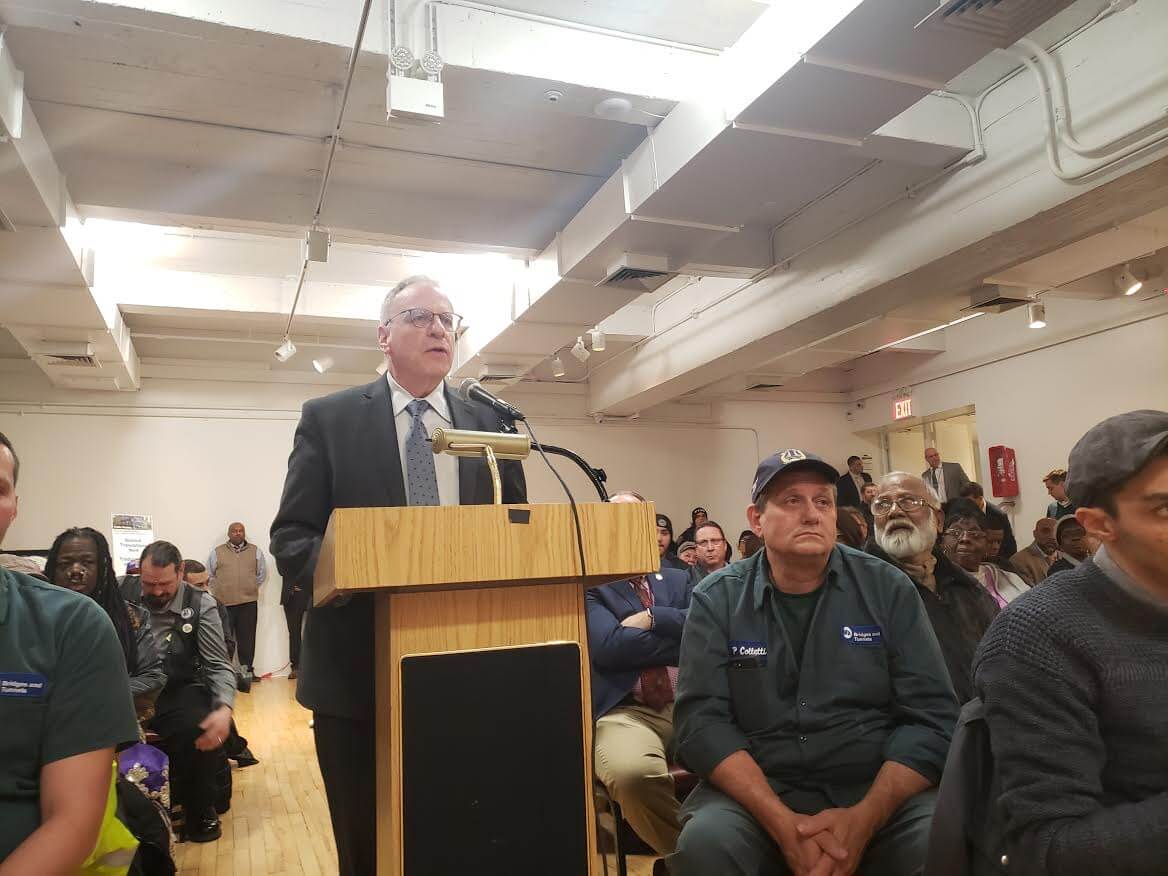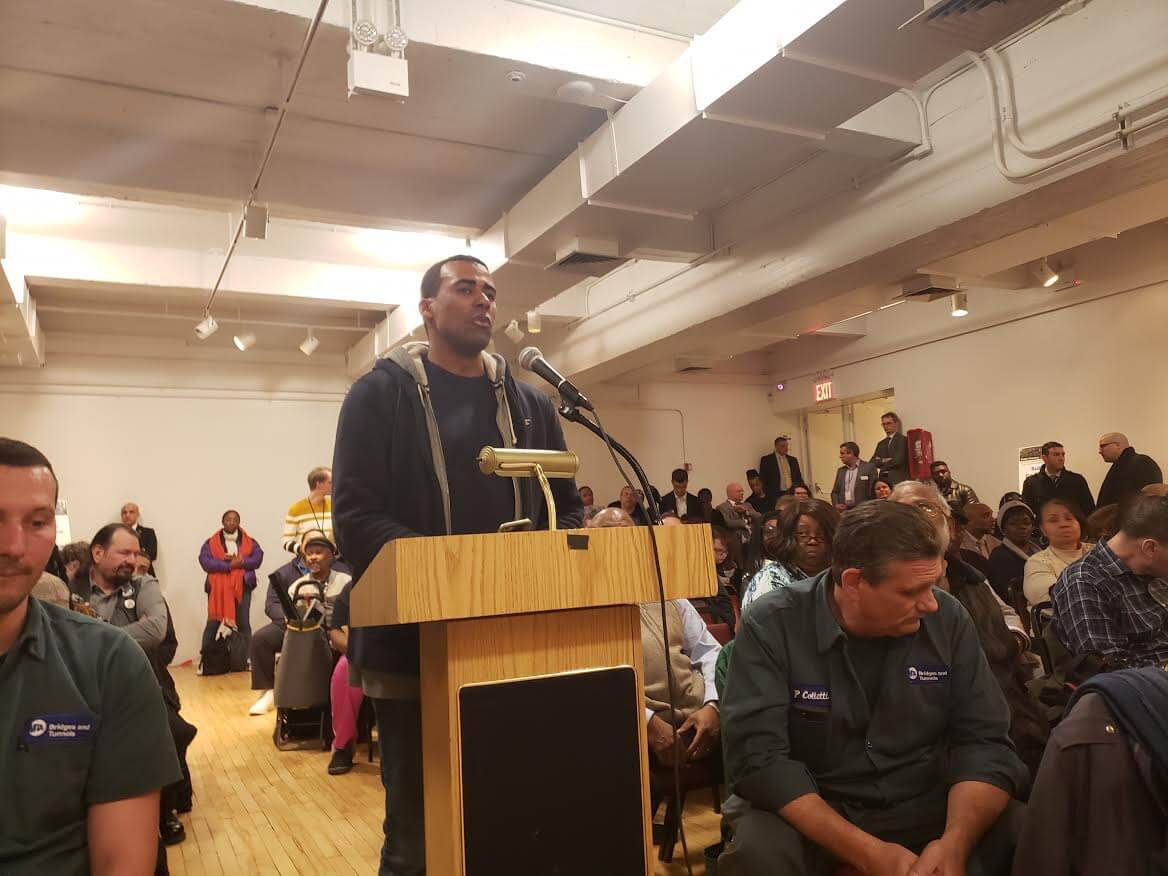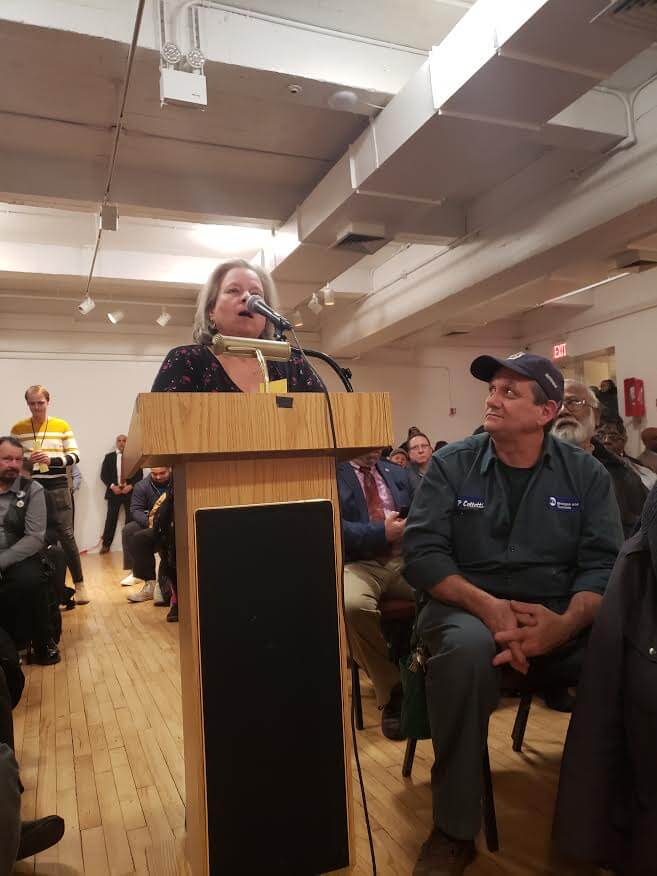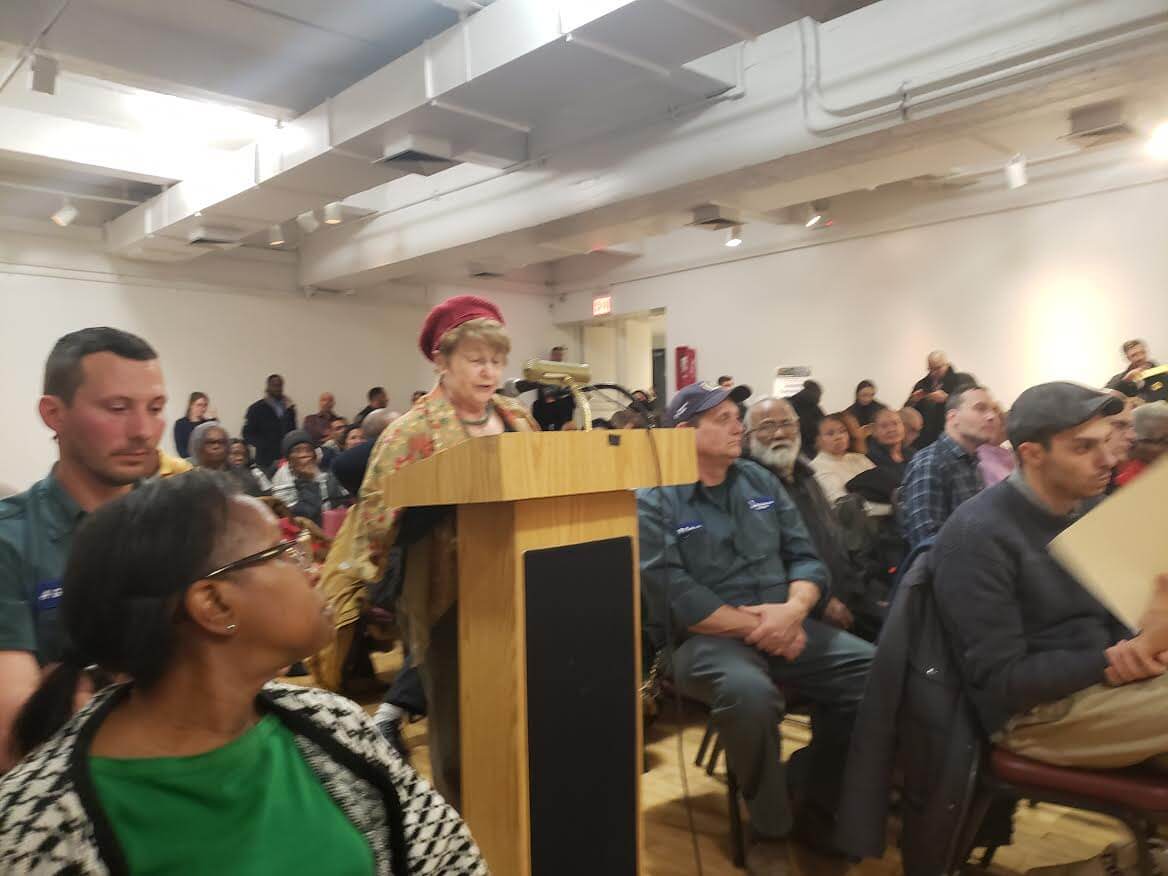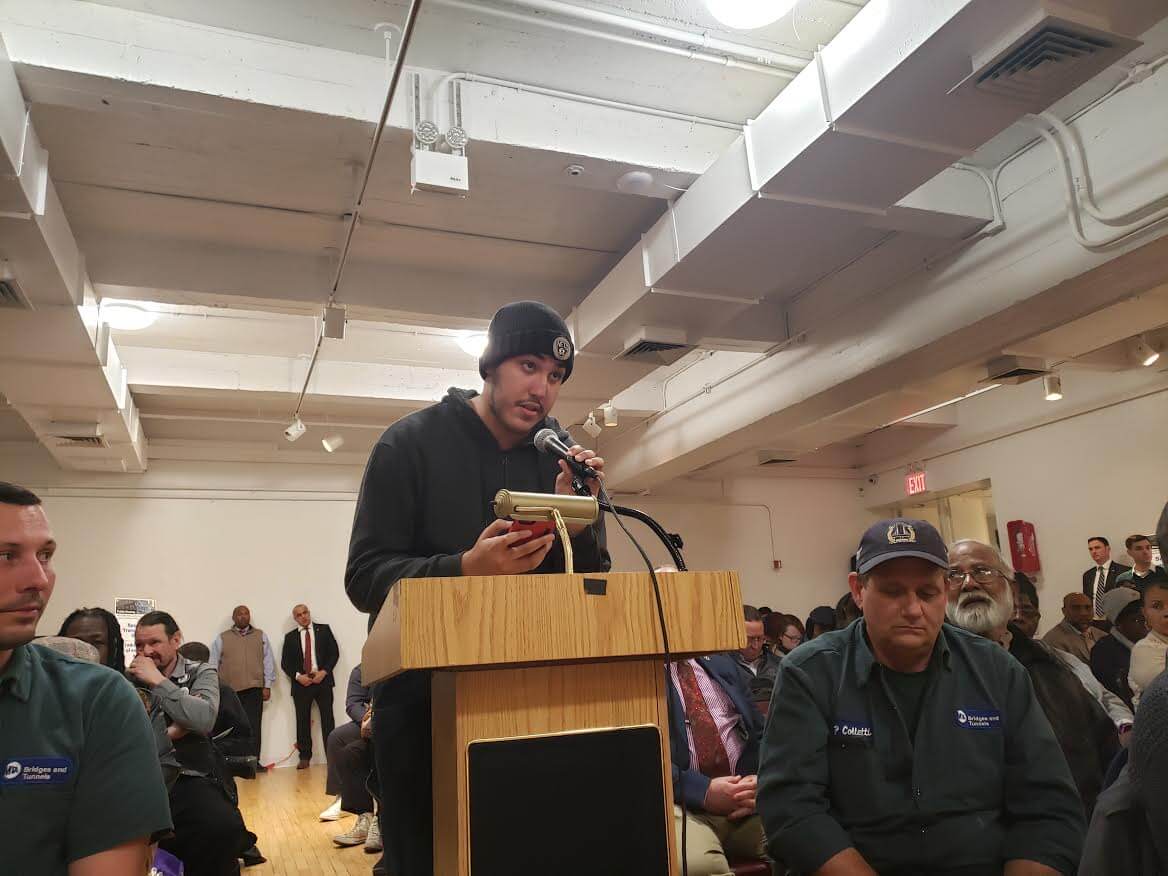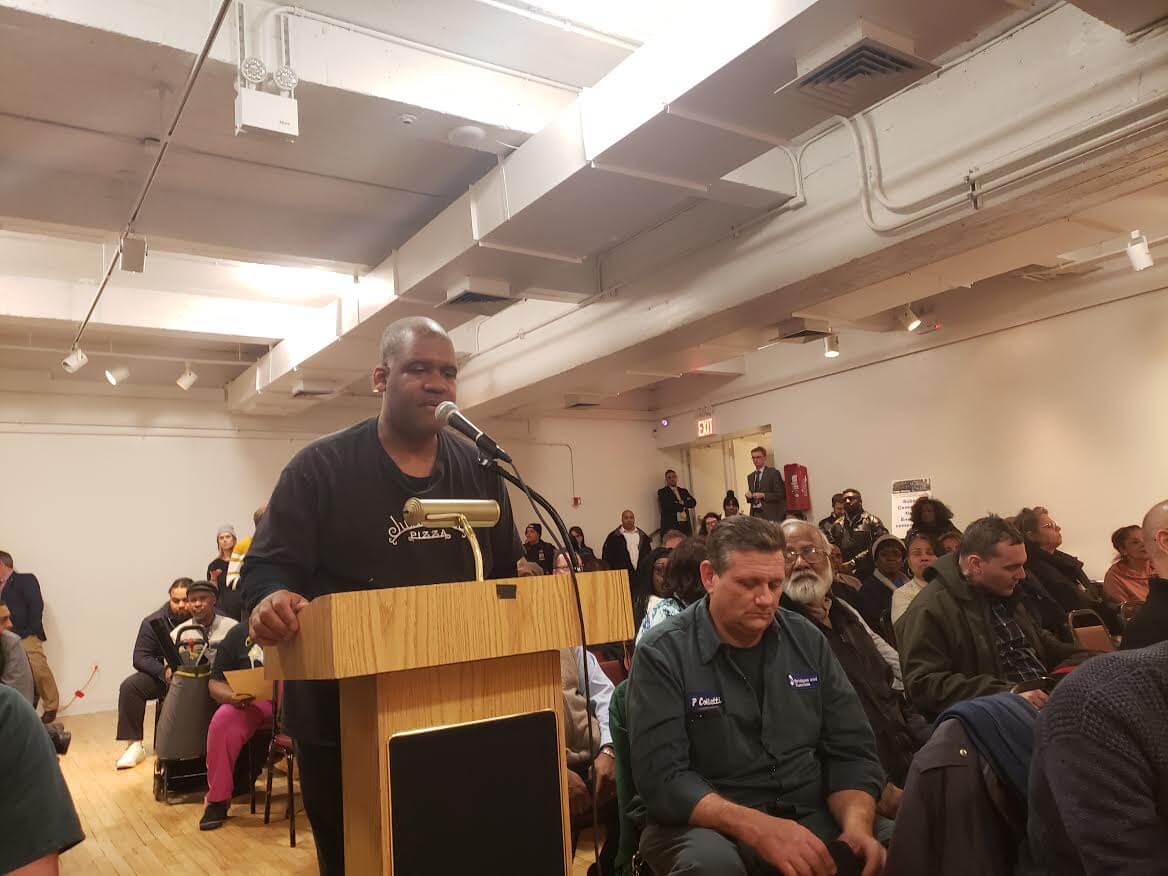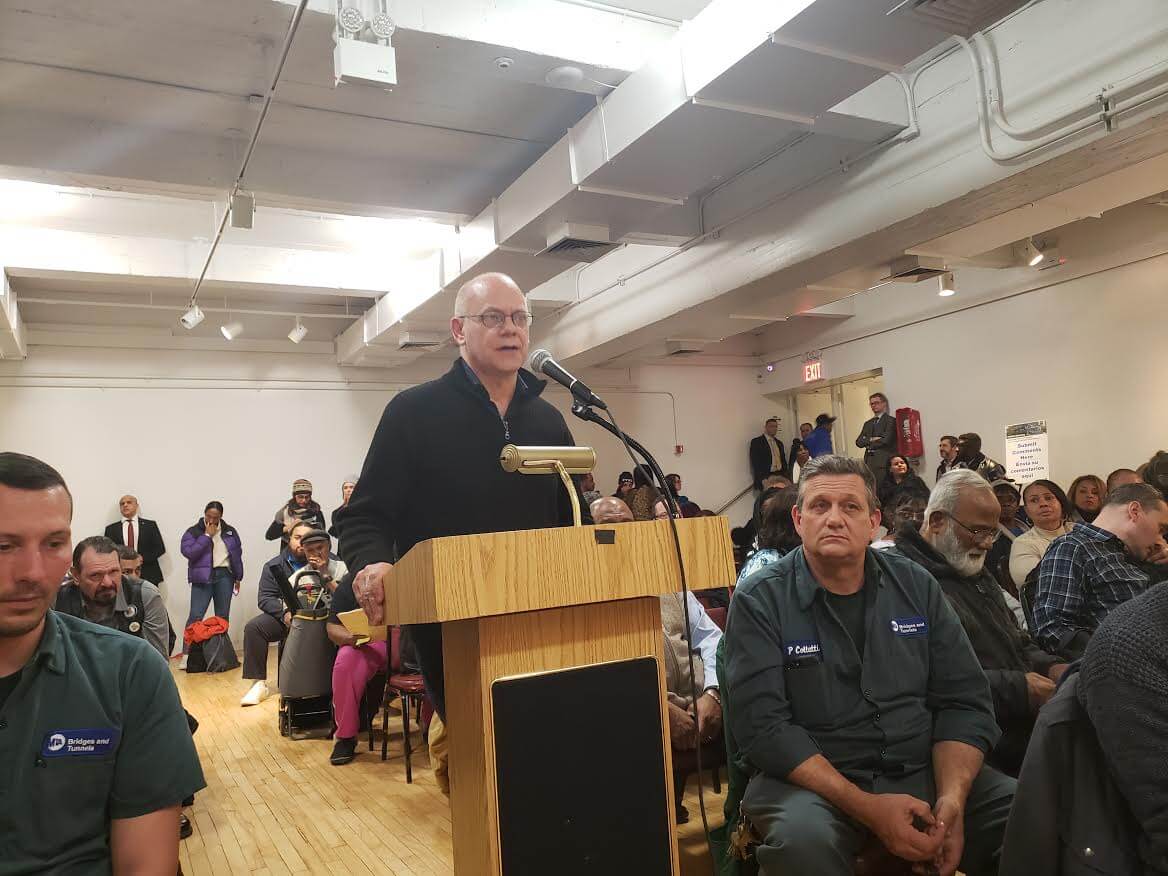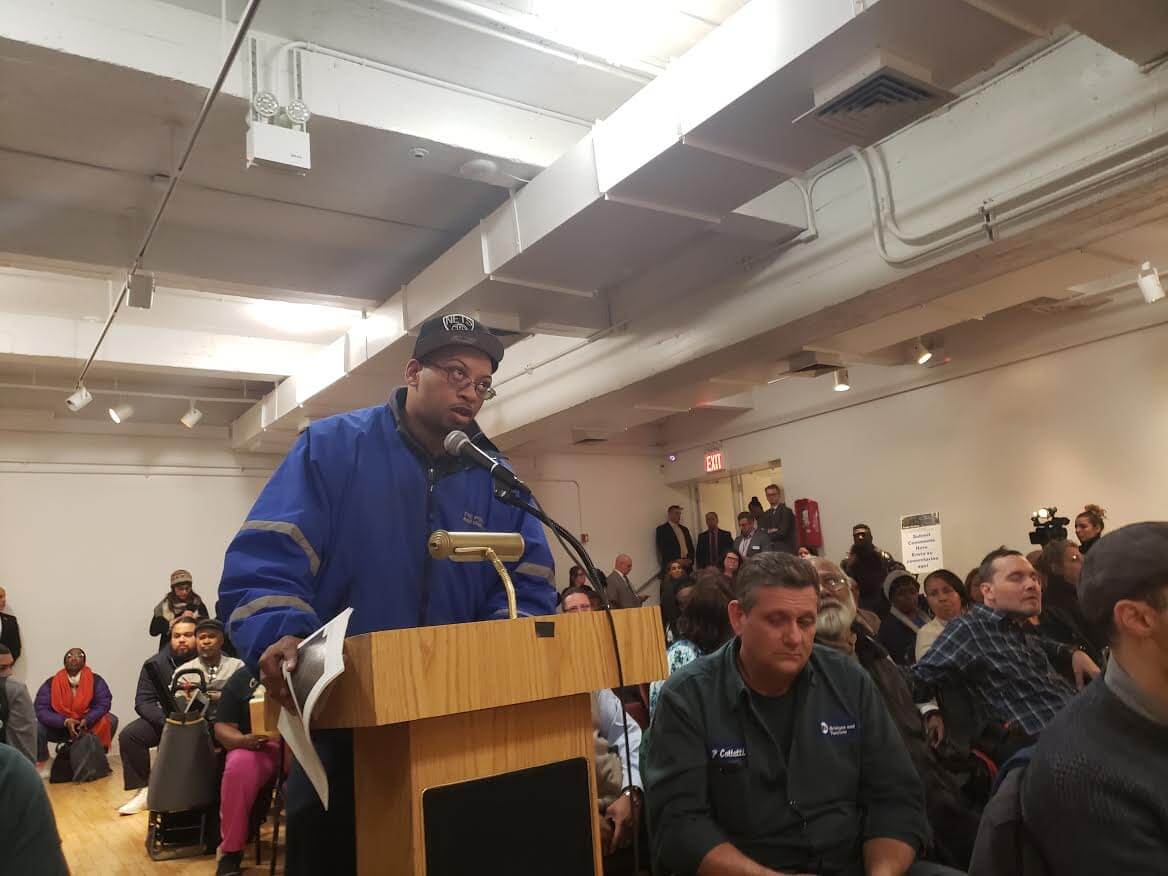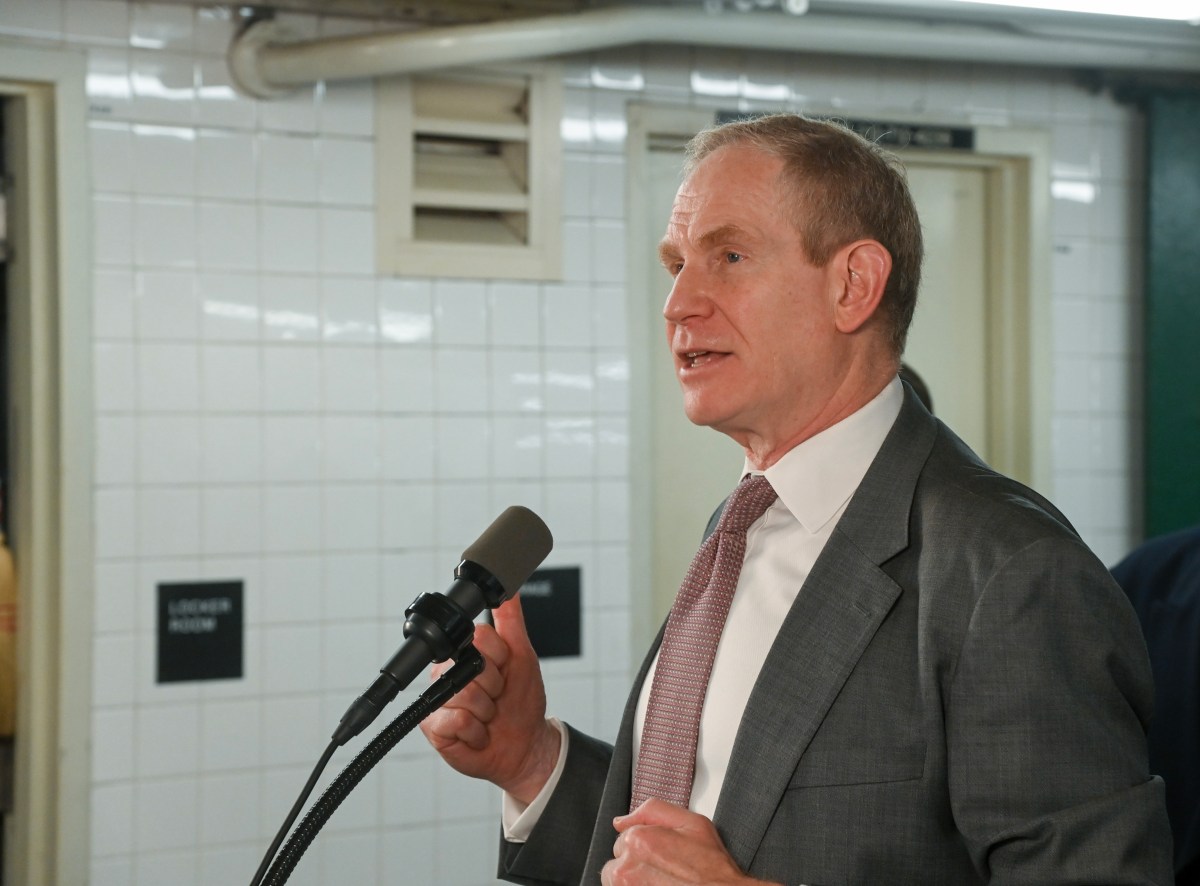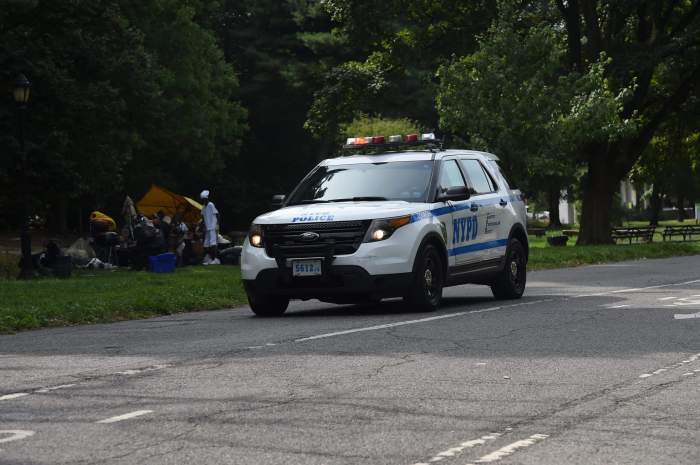On Thursday, Feb. 20, the MTA held its final public hearing for the Bronx Bus Network plan at the Bronx Museum of the Arts, where it said it had added restored an additional $2 million of service improvements to the plan.
Senator Alessandra Biaggi expressed her concerns with the unveiled plan. With so many seniors in the borough, buses like the Bx7 and Bx10 need more stops, not less, she stressed. Those buses are often so jam packed that people can’t even get on them, Biaggi pointed out.
“The redesign is a critical opportunity to imagine public transportation here in the Bronx,” Biaggi exclaimed. “It’s imperative that the bus plan reflect the (residents’) needs. The Bronx deserves better.”
The public hearing precedes a vote by the MTA Board to implement the local bus service proposals in the redesign’s Proposed Final Plan for implementation in fall 2020.
Before the Bronx Bus Network plan was created, Bronx bus routes had not substantially changed in decades, despite tremendous growth in the borough since 2010. Increased traffic congestion, among other things, has slowed the buses and degraded service reliability for the borough’s bus customers.
Concerns
Norwood resident Lowell Green is not in favor of the redesign. She uses the Bx34 and Bx28 buses often and wonders why the MTA would reduce service to these buses.
“My question to the MTA is do you hate seniors,” she said. “If you cannot get anywhere but with a car, what’s the purpose of using a bus or subway?”
Co-op City resident Raymond Martinez feels the redesign is slamming his neighborhood. He takes the Bx26 regularly to college and said the changes in frequencies will hurt him.
“I feel like parts of this plan are disastrous for Co-op City residents,” he said. “If you’re truly serious about getting cars off the road you should really improve the bus service.”
Paula, a resident of Riverdale, who relies heavily on the Bx10 and Bx20, said if changes are made to the service it will negatively affect many people.
“I think reducing the service in and out of Manhattan will only increase traffic and congestion and further serve to isolate seniors who live in the Bronx,” she said. “If service must be limited, at least run buses into the city until 6 p.m.”
Riders Alliance Campaign manager Stephanie Burgos-Veras, who spoke on behalf of the Bus Turnaround Coalition, explained that a few years ago riders asked the MTA to look at fixing the bus network. Burgos-Veras stressed that reducing frequency on buses in the borough won’t help Bronxites who are transit-dependent; three out of five households lack access to a car.
“The changes in the Bronx bus redesign are important to over 600,000 daily riders who have suffered too long with slow and unreliable service,” Burgos-Veras said. “But riders wish the MTA would be more ambitious in their articulation of principles and creation of new routes to major destinations. Further, Governor Cuomo should recognize how important buses are to low-income New Yorkers by investing in more frequent service.”

